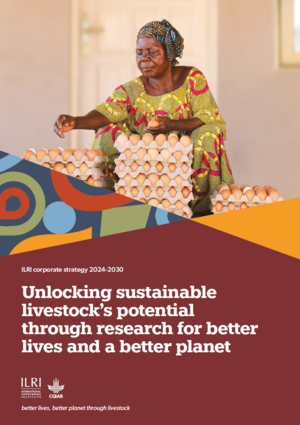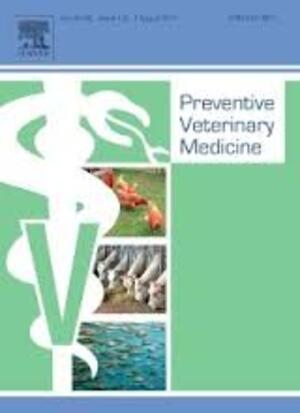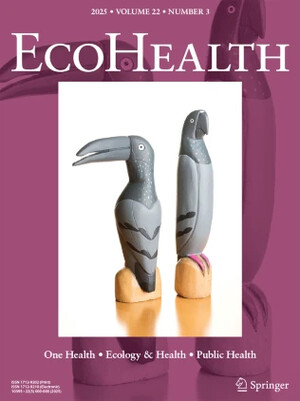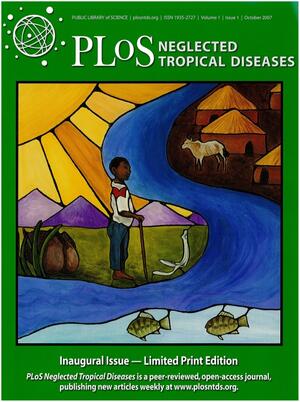
Sero-prevalence of hemorrhagic septicaemia in cattle and buffalo population of Indian states Karnataka and Gujarat
Abstract
Hemorrhagic septicemia (HS) is a highly contagious and fatal disease of cattle and buffaloes caused by P. multocida. Both conventional and molecular methods are applied in parallel for rapid diagnosis of HS outbreaks and the periodical surveillance strategy to identify risk areas for HS is ignored. The current cross-sectional study aimed to estimate sero-prevalence and associated risk factors for HS in cattle and buffaloes in non-vaccinated regions of two Indian states. HS surveillance was carried out through the multi-stage random sampling technique at different strata. The study employed a questionnaire incorporating host factors (species, breed, sex, age, and lactation) and demographic parameters (state, district, block/cluster and village/epiunits, and household). First, two Indian states known for high milk production were selected followed by two districts within each state, subsequently four clusters within each district, finally 5–10 epiunits within clusters and 5–8 households within clusters were ran
Citation
Shome, R., Kanani, A., Gurrappanaidu, G., Subbanna, N.K.G., Mohandoss, N., Prajapati, A., Baskar, K., Skariah, S., Shanmugam, G., Maharana, S.M., Vijayalakshmy, K. and Habibur, R. 2024. Sero-prevalence of hemorrhagic septicaemia in cattle and buffalo population of Indian states Karnataka and Gujarat. Veterinary Sciences 11(8), 386.









